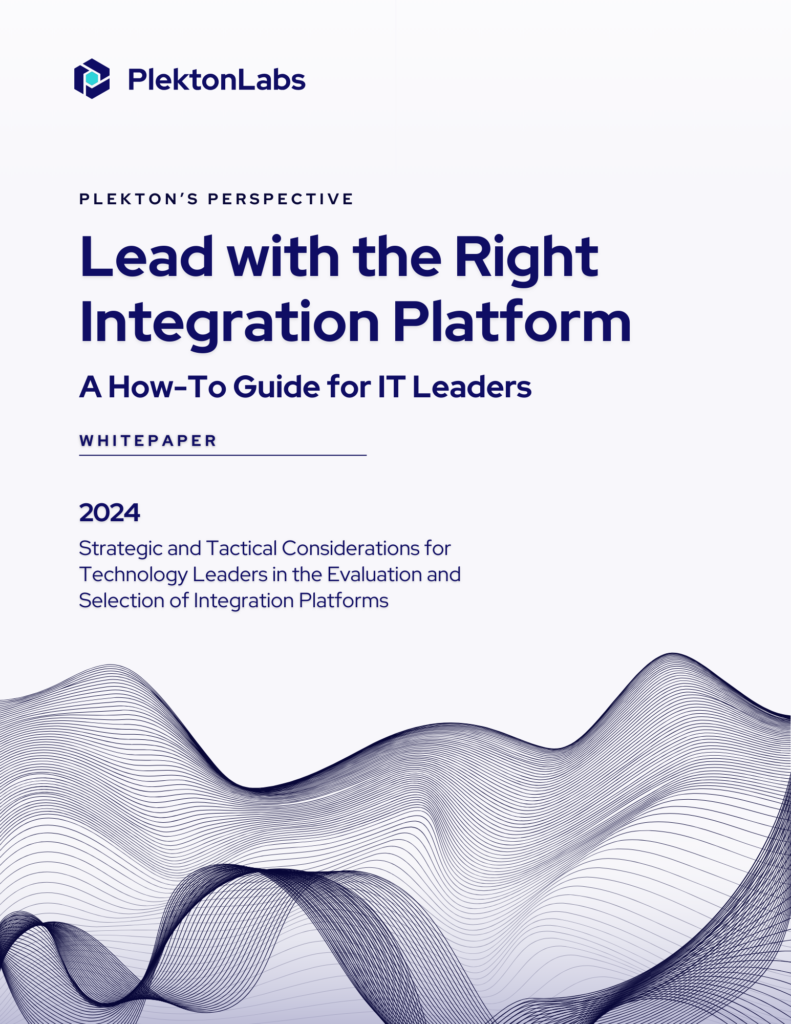An agile enterprise refers to organizations that can quickly respond to changes in the industry, economy, or within the business itself. Agile businesses focus on their customers’ needs, and typically offer customized products or services instead of a one-size-fits-all approach.
While many organizations are adopting agile methodologies into their business strategies, they are still unable to transform into an agile enterprise. While an agile delivery model is an important step towards the end goal, there are a couple of other important things businesses need to do as well to run a truly agile enterprise with all the perks.
What is Agility in Enterprises?
In very simple terms, agility is a combination of stability and dynamic capabilities. This duo is what allows businesses to react quickly to both internal and external changes, and adapt to conditions that seem unfavorable.
In other words, by combining the dynamic capabilities with a stable backbone, you can master things like speed, precision, and control. As a result, your enterprise can grow and thrive during good times and hold out on its own during a crisis.
Having a stable base comes from the business having a set of clear goals and objectives, as well as a carefully crafted and actionable strategy. This is what provides direction and instills confidence in both employees and consumers.
Stable businesses perform well because of their internal culture as well. Team members focus on their tasks and working as a whole; so, there is accountability from all areas of the company. There is an element of reliability as the business works as one to achieve common aims.
Where does this reliability come from? Proper organization and transparency will empower your teams; encouraging them to work cohesively to achieve business objectives. When led by example, there is a feedback loop of productivity and stability between employees and upper management.
Dynamism is the lodestone of agility. It comes from being aware of industry changes and being flexible enough to react to them accordingly. This allows organizations to identify both problems and opportunities and reacting to them.
A dynamic organization can adapt quickly in times of crisis and instability. They are always on the lookout for innovation and offer a degree of freedom to their employees; allowing creative solutions and encouraging an environment of improvement and encouragement.
Advantages of Transforming to a More Agile Organization
Large-scale benefits will be different for each organization and can span many different areas of the business. Here are just a few of the advantages of an agile approach in enterprises:
- Improved efficiency comes from a culture of transparency and autonomy.
- Stability, employee autonomy, and workplace improvements draw in new and talented workers.
- Increased value delivery from collaboration and improved employee performance.
- Digital initiatives already in the pipeline can be rolled out more quickly without any bottlenecks.
- Agility leads to visibility in the industry and opens up potential partnerships, leading to new revenue channels.
- Agility improves customer experience and gives businesses a competitive edge through retained loyal consumers.
Traditional vs Agile Business Structures
Traditional enterprises generally consist of functional silos and a hierarchical organization. There are several layers within each level of the organization and decisions are made at the very top, while the staff simply carry out orders. This can lead to a disconnect within the different levels and cause a sort of stagnation within the business.
On the other hand, the average agile organization focus on the idea of a number of product-or-customer-oriented teams as their basis. As the number of teams increases, a general structure of the organization develops where there are various teams or groups with their own responsibilities, each connected to another.
This structure is more democratic as no team is above another and there is the opportunity to openly share information and collaborate across these teams. This means there is better control for different areas of the organization and improved visibility across the enterprise.
Final Say
Agile businesses are much more likely to come out of crises and can even use disruption as an opportunity for innovation. The key to both stability and dynamism lies in using APIs to build a more functional, secure, and efficient infrastructure. Get the most out of your APIs with MuleSoft and start transforming your enterprise to be more agile so your business can face challenges head-on.





